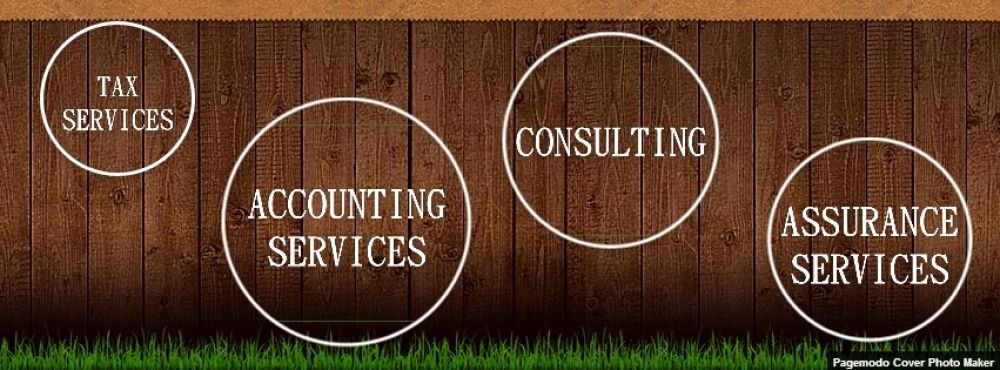A regular form of fundraising by charitable organizations consists of sales or auctions of property or services at a price in excess of value. These are referred to as “quid pro quo” contributions or dual payments made that consist partly of a charitable gift and partly of consideration for goods or services provided to the donor.
Quid pro quo contributions typically include the purchase of tickets for sightseeing tours, all-expense-paid trips, theatrical or concert performances, books or subscriptions to magazines, stationery, candy, etc., and are sold with a generous mark-up that is designed to help the charity in performing its functions. In these cases, the charitable deduction is the excess of the payment over the value received by the purchaser-contributor. For instance, when tickets to a show are purchased from a charity at a price in excess of the normal admission charge, the excess over the latter (plus tax) is a charitable contribution.
Determining and documenting the amount of the purchase that represents the charitable portion is the key to being able to take a charitable tax deduction for quid pro quo purchases. Tax law requires charitable organizations that receive a quid pro quo contribution in excess of $75 to provide a written statement, in connection with soliciting or receiving the contribution, that informs the donor that the amount of the contribution that is deductible for federal income tax purposes is limited to the amount of the purchase that is in excess of the value of the property or service purchased and a good-faith estimate of the value of the good or services purchased.
If you made or are considering making a quid pro quo purchase from a charitable organization and have questions relating to the amount that will represent a charitable contribution, please give our office a call.
Quid pro quo contributions typically include the purchase of tickets for sightseeing tours, all-expense-paid trips, theatrical or concert performances, books or subscriptions to magazines, stationery, candy, etc., and are sold with a generous mark-up that is designed to help the charity in performing its functions. In these cases, the charitable deduction is the excess of the payment over the value received by the purchaser-contributor. For instance, when tickets to a show are purchased from a charity at a price in excess of the normal admission charge, the excess over the latter (plus tax) is a charitable contribution.
Determining and documenting the amount of the purchase that represents the charitable portion is the key to being able to take a charitable tax deduction for quid pro quo purchases. Tax law requires charitable organizations that receive a quid pro quo contribution in excess of $75 to provide a written statement, in connection with soliciting or receiving the contribution, that informs the donor that the amount of the contribution that is deductible for federal income tax purposes is limited to the amount of the purchase that is in excess of the value of the property or service purchased and a good-faith estimate of the value of the good or services purchased.
Example #1—A taxpayer purchases a cookbook from a charity for $100. The charity provides the taxpayer with a good faith estimate of $20 for the value of the book in a written disclosure statement. Thus, the taxpayer’s charitable deduction is $80 ($100 minus the $20 value of the book).
Example #2—A taxpayer attends a charity auction. The charity provides a catalog of the items for auction and a good-faith estimate of the value of each item. The taxpayer is the successful bidder for a vase valued at $100 in the catalog, for which the taxpayer bid and paid $500. The taxpayer’s charitable deduction is $400 ($500 minus the good-faith valuation of $100).
Example #3—A taxpayer pays $40 to see a special showing of a movie for the benefit of a qualified charity. The ticket read “Contribution $40”. If the regular price for the movie is $10, the contribution would be $30 ($40 minus the regular $10 ticket price).
Example #2—A taxpayer attends a charity auction. The charity provides a catalog of the items for auction and a good-faith estimate of the value of each item. The taxpayer is the successful bidder for a vase valued at $100 in the catalog, for which the taxpayer bid and paid $500. The taxpayer’s charitable deduction is $400 ($500 minus the good-faith valuation of $100).
Example #3—A taxpayer pays $40 to see a special showing of a movie for the benefit of a qualified charity. The ticket read “Contribution $40”. If the regular price for the movie is $10, the contribution would be $30 ($40 minus the regular $10 ticket price).
If you made or are considering making a quid pro quo purchase from a charitable organization and have questions relating to the amount that will represent a charitable contribution, please give our office a call.













